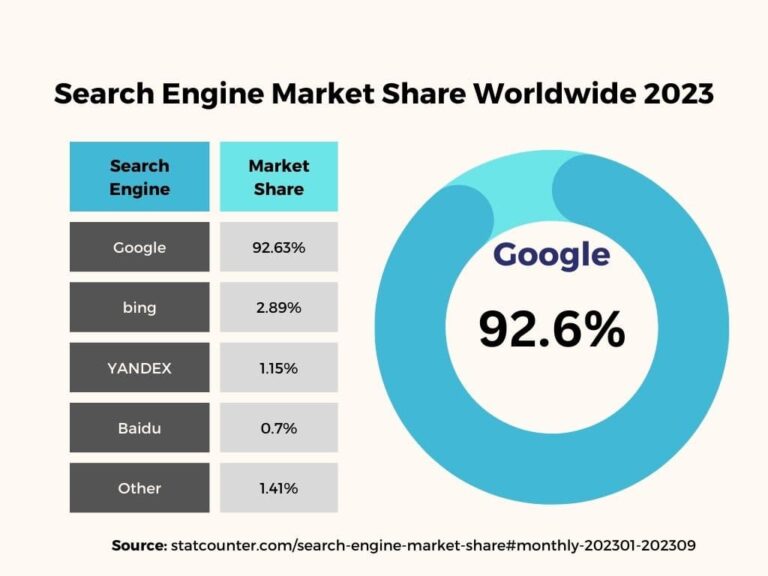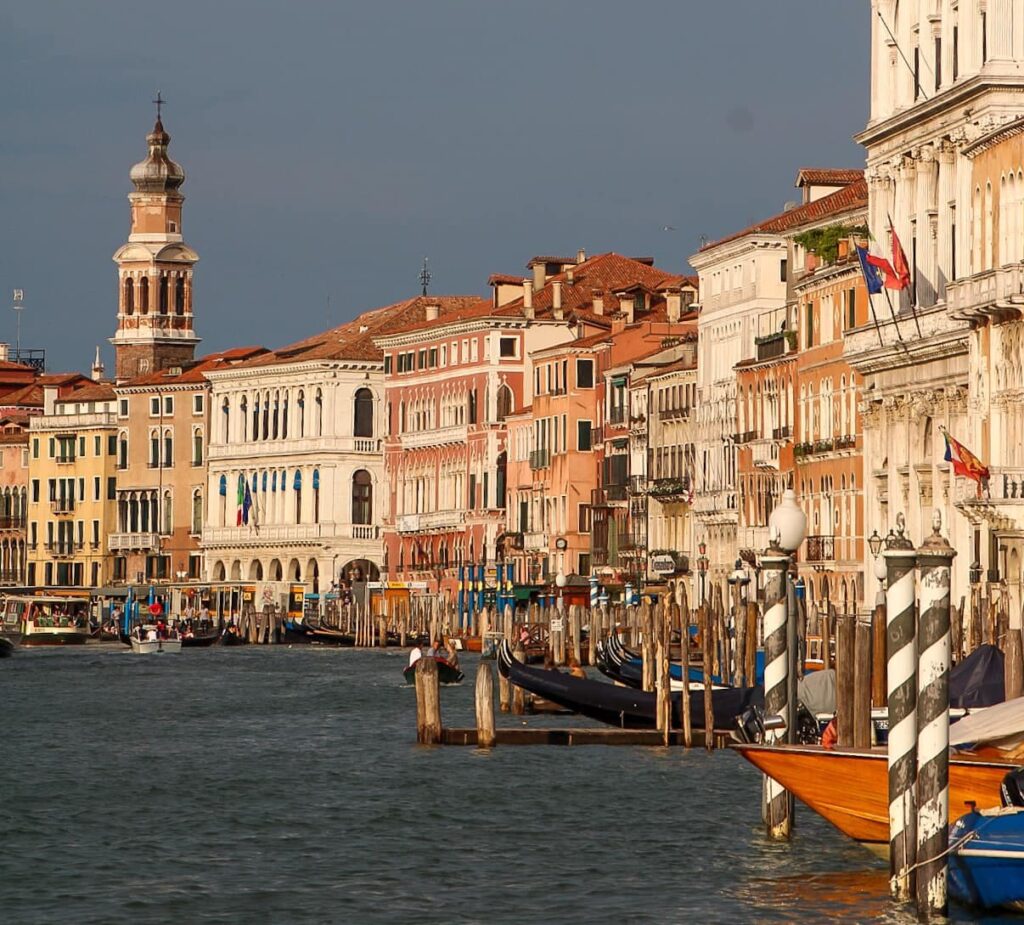In the vast expanse of the online world, every travel blogger aspires to transport readers on unforgettable journeys through their stories. Yet, the journey begins with discovery. According to Optinmonster’s 2023 blogging statistics, approximately 70 million blog posts are published each month by WordPress users. With such a staggering number, the odds for a small travel personal blog to find its intended audience may seem slim. However, it is possible to turn this challenge into an opportunity. This is where the formidable power of Search Engine Optimization (SEO) enters the scene. For budding travel websites and personal blogs, mastering the art of SEO can guide your blog from the recesses of the web to the spotlight of search engine results.
Understanding SEO
SEO stands for search engine optimization, is all about making your website easier to find. When we talk about optimising for search engines, we usually have Google in mind because it’s the dominant player in the search engine market. Ensuring your content aligns with Google’s algorithms can significantly enhance visibility. According to StatCounter’s data , Google displays an impressive 92.6% worldwide market share for searches in 2023. For resource-strapped travel bloggers, prioritizing optimisation for Google can prove fruitful.

The SEO spotlight on travel blogs
Optimising your content is like giving your travel blog a spotlight. It boosts visibility, helps you reach your desired audience, and, over time, keeps readers coming back without additional costs while enhancing your blog’s credibility. Research indicates that a staggering 80% of travel planning now takes place online, and this trend is on the rise. Whether you publish blogs for commercial purposes or simply out of a passion for sharing your experiences (yes, there are many of us who still do), SEO is your passport to being noticed.

Optimising your content is like giving your travel blog a spotlight. It boosts visibility, helps you reach your desired audience, and, over time, keeps readers coming back without additional costs while enhancing your blog’s credibility. Research indicates that a staggering 80% of travel planning now takes place online, and this trend is on the rise. Whether you publish blogs for commercial purposes or simply out of a passion for sharing your experiences (yes, there are many of us who still do), SEO is your passport to being noticed.
Embarking on SEO: A DIY guide
1. Conduct keyword research for content planning
Writing your article around that include these popular keywords and phrases the target audience will use the search article. This will increase the chances of your blog post appearing in search engine results when people search for related topics. There are free tools available like Google’s Keyword Planner, Ubersuggest or AnswerThePublic can provide insights into what potential readers are searching for.
2. Craft quality content
Google rewards content that’s in-depth, accurate and relevant. Typically, high-ranking travel posts hover around 1,140 to 1,285 words. However, it’s the authenticity and engagement factor, more than word count, that truly matters. Craft narratives that not only mesmerize readers but also appeal to search engine algorithms.
3. Update regularly
Refreshing content indicates ongoing relevance. Consider revisiting older posts to update facts, inject fresh perspectives, and refine SEO elements.
4. Optimise Metadata
Ensure title tags, meta descriptions, and URLs are keyword-rich and informative. These elements guide search engines and potential readers in understanding the context of your content.
5. Mobile optimisation
Over 50% of all internet traffic is driven by mobile devices, so it’s essential for your blog to be mobile-friendly. This not only ensures a superior user experience but also boosts its ranking potential. This is particularly vital if your blog caters to a younger audience, aged 18 to 34, as they predominantly use mobile devices for web browsing and blog reading.
6. Optimise images
Vibrant images can significantly enhance a travel blog. In fact, travel blogs featuring images see a 94% increase in views. However, it’s crucial to optimize these images for fast loading. Utilize tools such as Squoosh, TinyPNG , or Compressor. Additionally, always use descriptive file names and ensure you incorporate ALT tags for better accessibility and SEO.
7. Internal linking
Direct readers to other related posts within your blog. This keeps them engaged while amplifying the SEO value of interconnected posts.
8. Harness the power of backlinking
Backlinks, or links from other sites to yours, are endorsements of your content’s credibility. Cultivate them through quality content, guest posts, active social media engagement, blog commenting, and participation in travel forums.


In conclusion
Embarking on the SEO journey might feel daunting at first, but the potential rewards are vast. Just as every travel story begins with a single step, every SEO effort inches your blog closer to the audience it deserves. So gear up, dive into the digital domain, and claim your space in the vast online cosmos!.
References
- Google (2023). Optimize your site for search engines (for beginners). https://support.google.com/webmasters/answer/9128678?hl=en&visit_id=638326265379383219-3983919938&rd=1.
- Slawski, Bill (2021). SEO by the sea. https://www.seobythesea.com/.
- statcounterGlobalStats (2023). Search engine market share worldwide. https://gs.statcounter.com/search-engine-market-share#monthly-202301-202309-bar.


Great blog, with good up to date insights on SEO. Thank you.
Thanks! Please keep reading, and I’ll keep posting.
Good blog. Like your content.
Very informative and beautiful pictures.
Nice content. Please write more blogs.
Thanks so much, Zac, for your support! Stay tuned. My second blog posts is on its way soon.
Not all people realise the importance of SEO. Thank you for the information.
I love the reference to Squoosh! 😀
Thanks to the expert, I’m now familiar with Squoosh.
Pingback: Turning 404 errors into travel treasures for your blog - Cherine's Journey
I like your blog. write more.
interesting pos
Pingback: Findability: Techniques and Tips for Boosting Your Blog's Visibility - Cherine's Journey